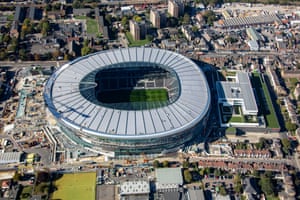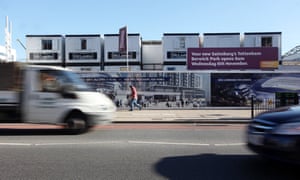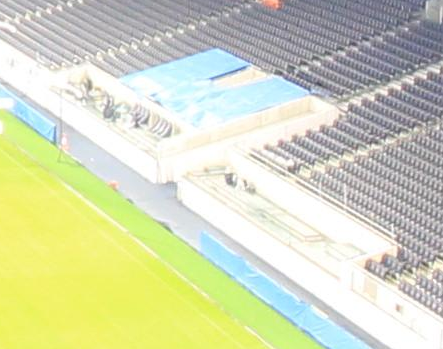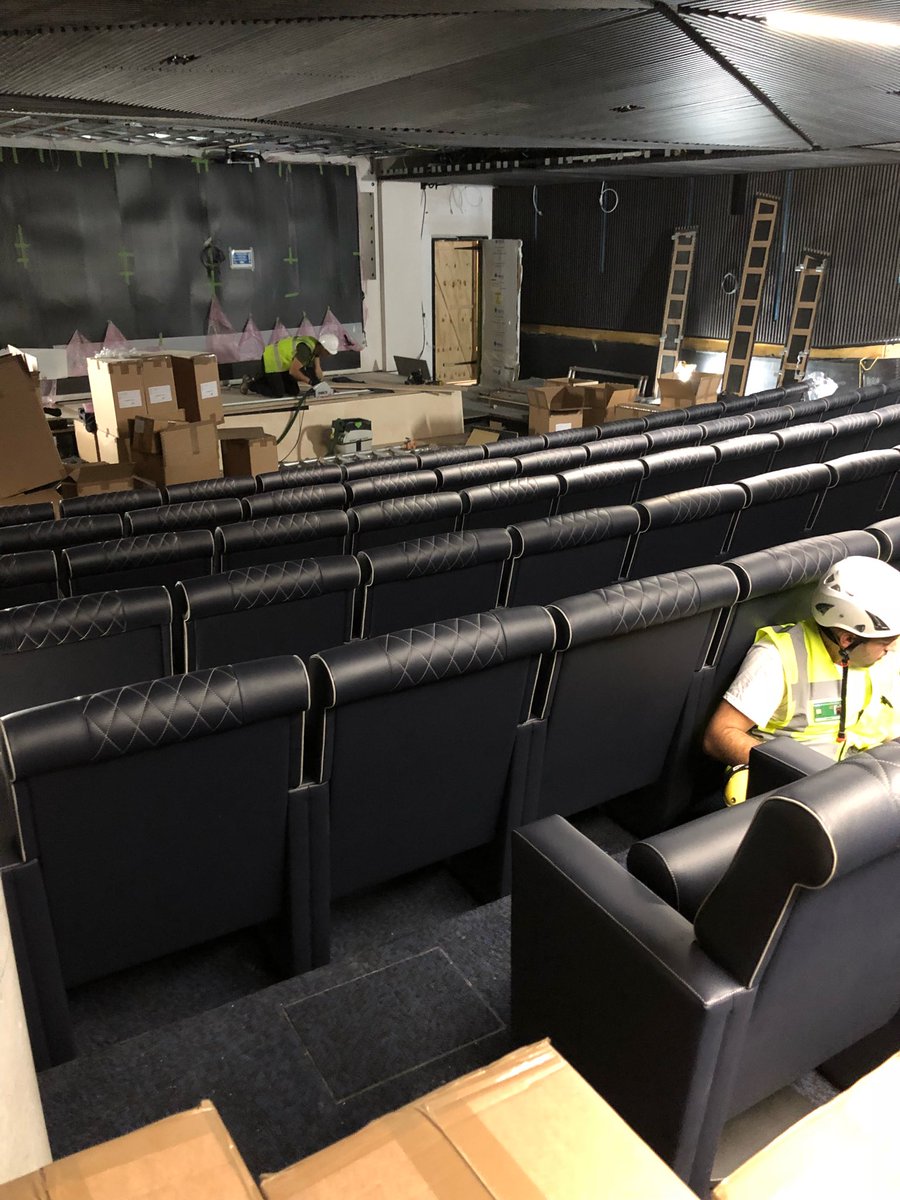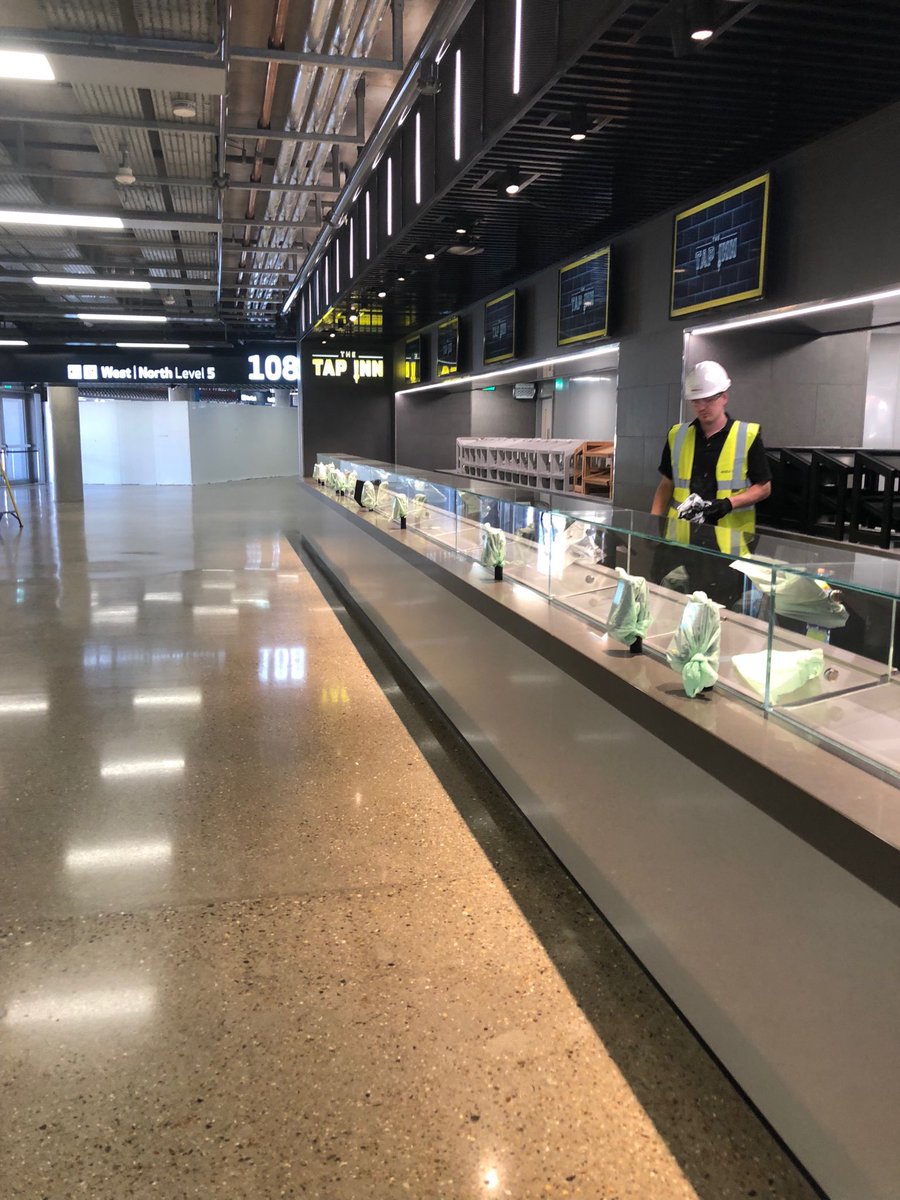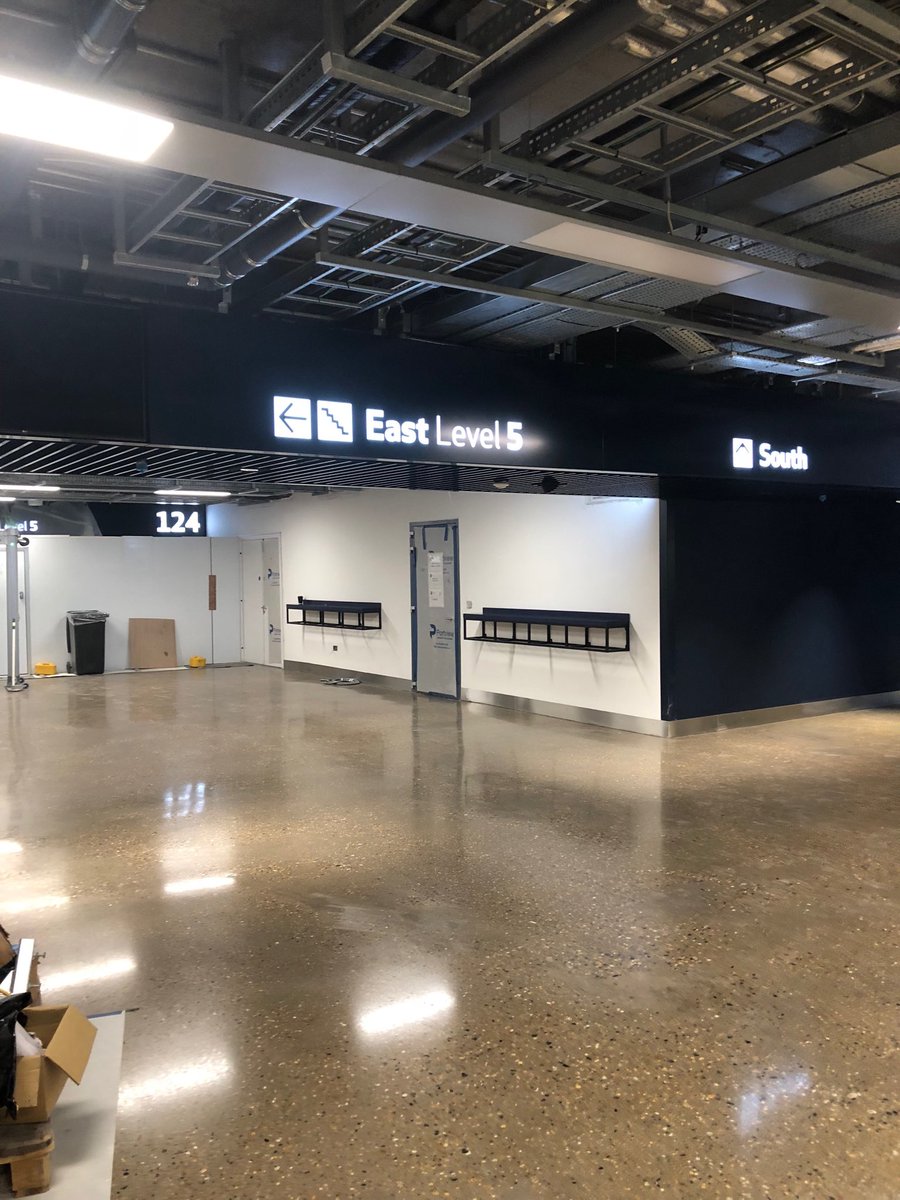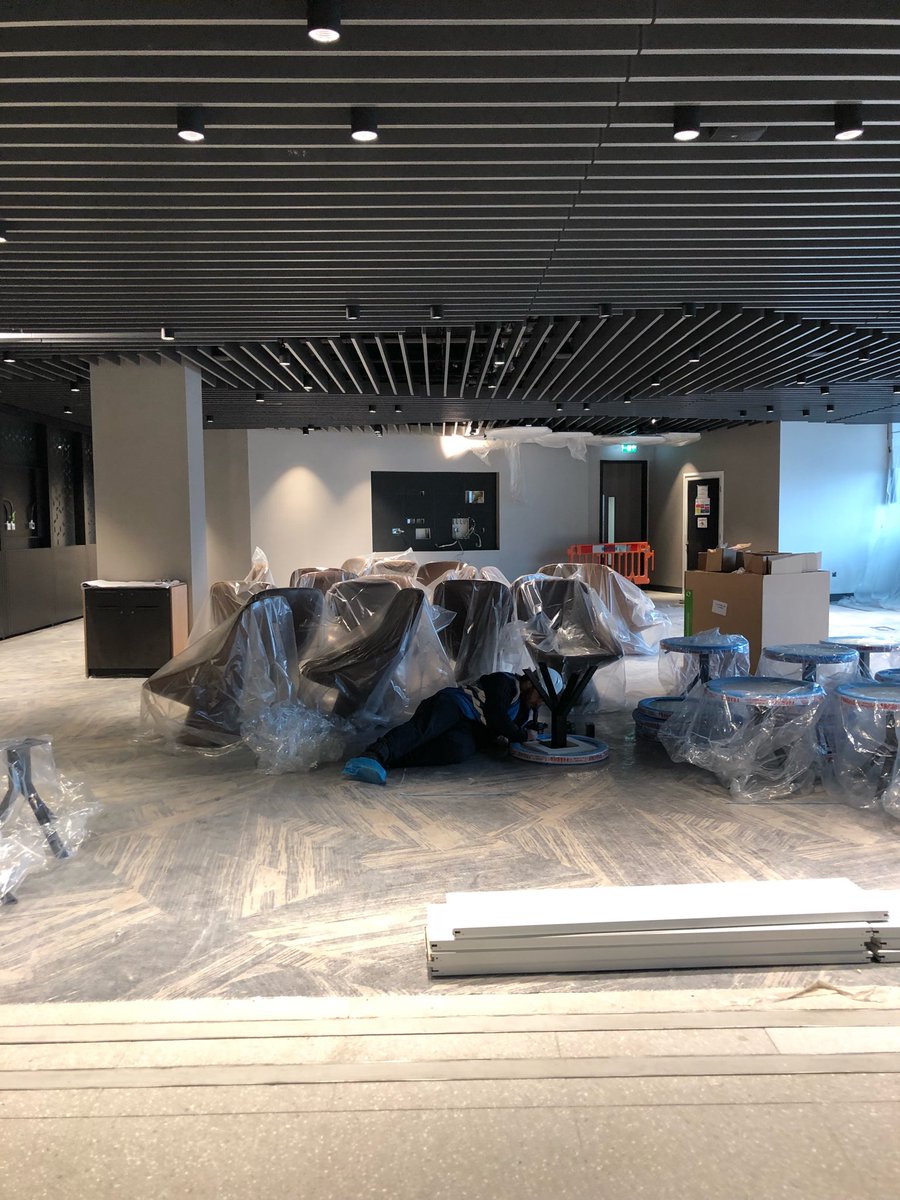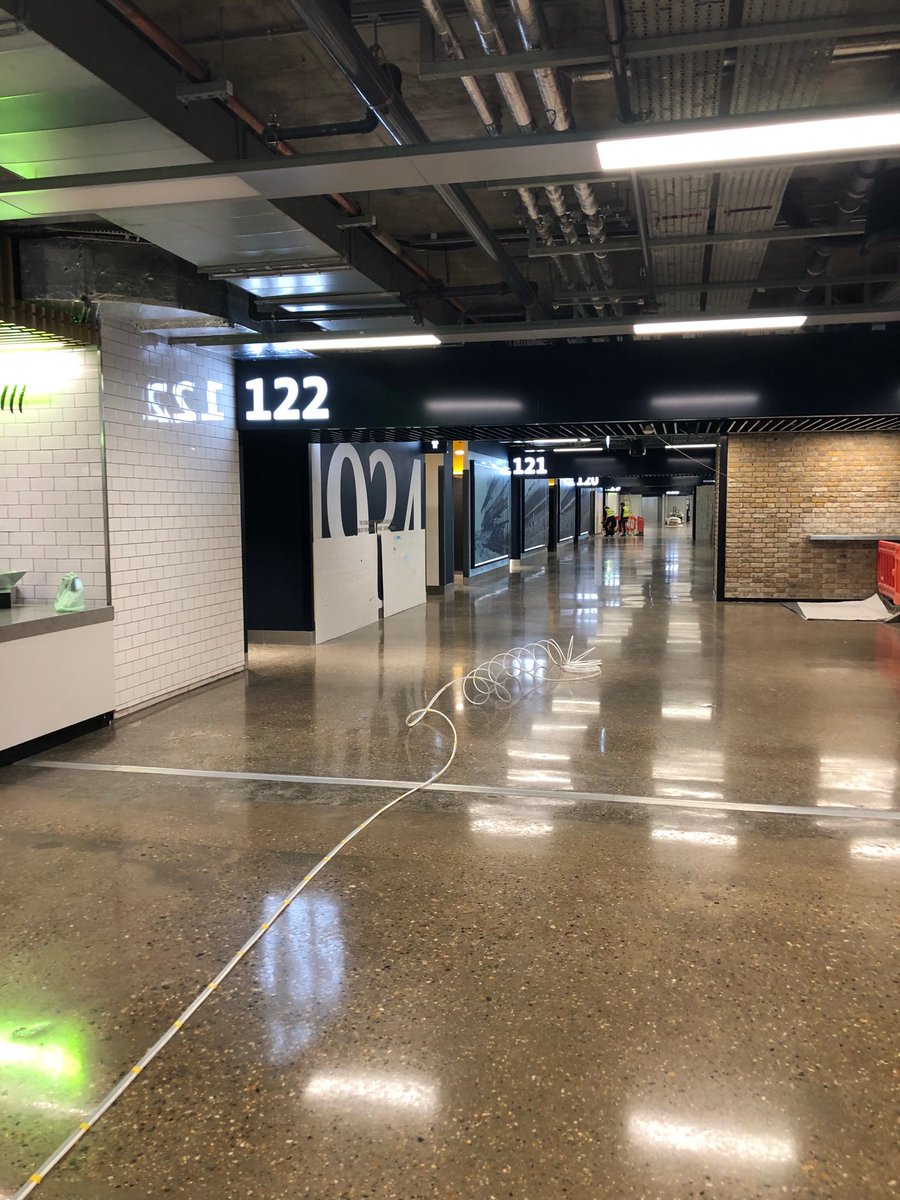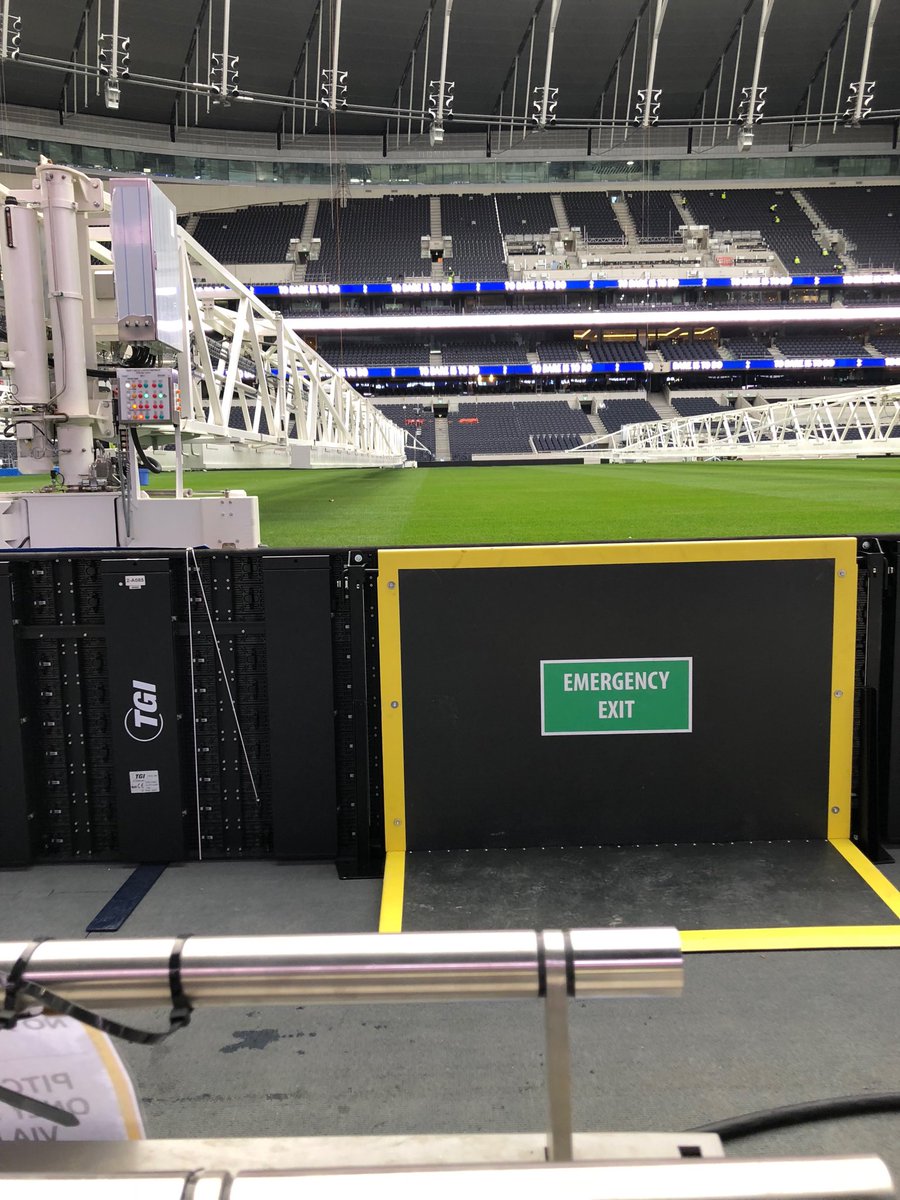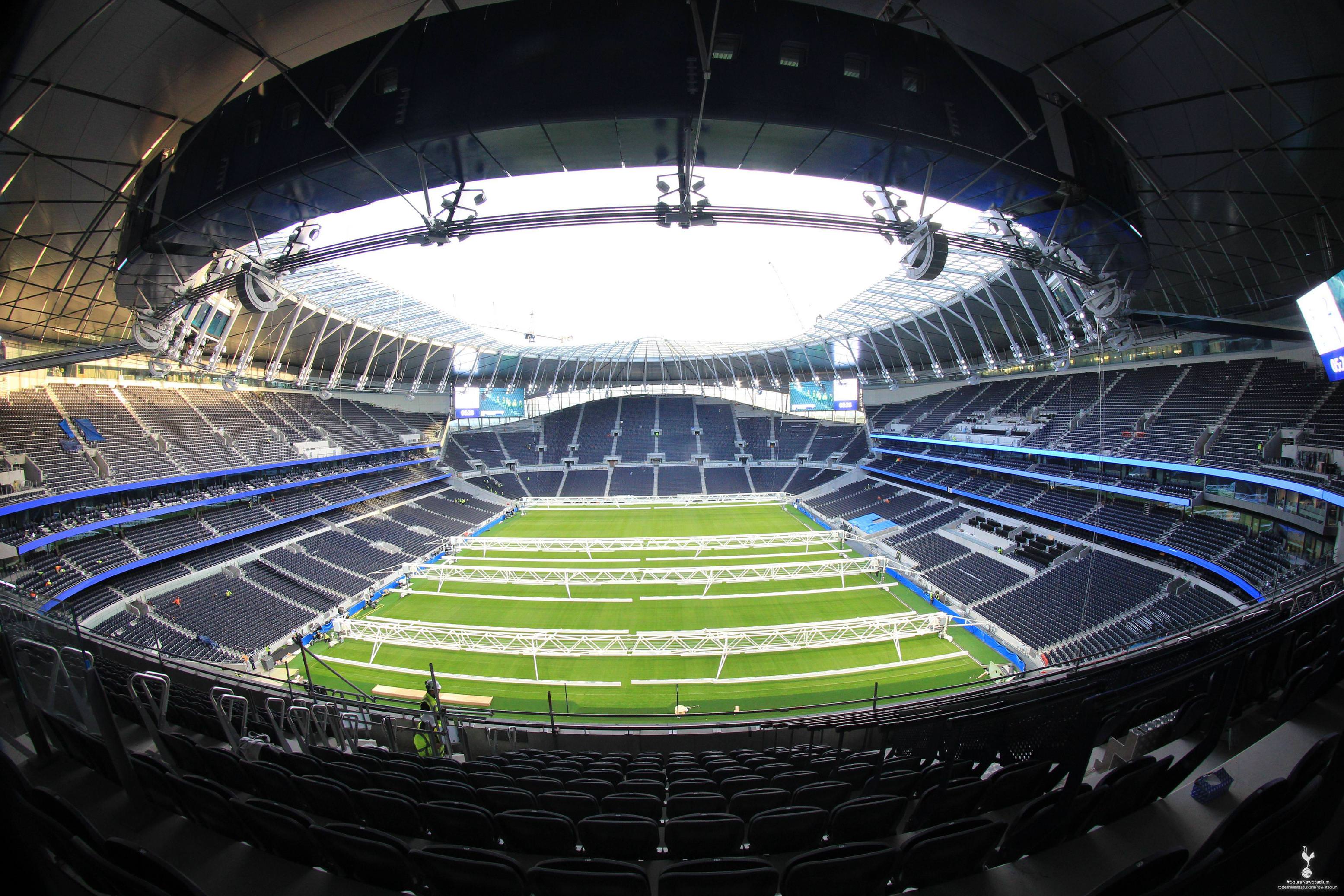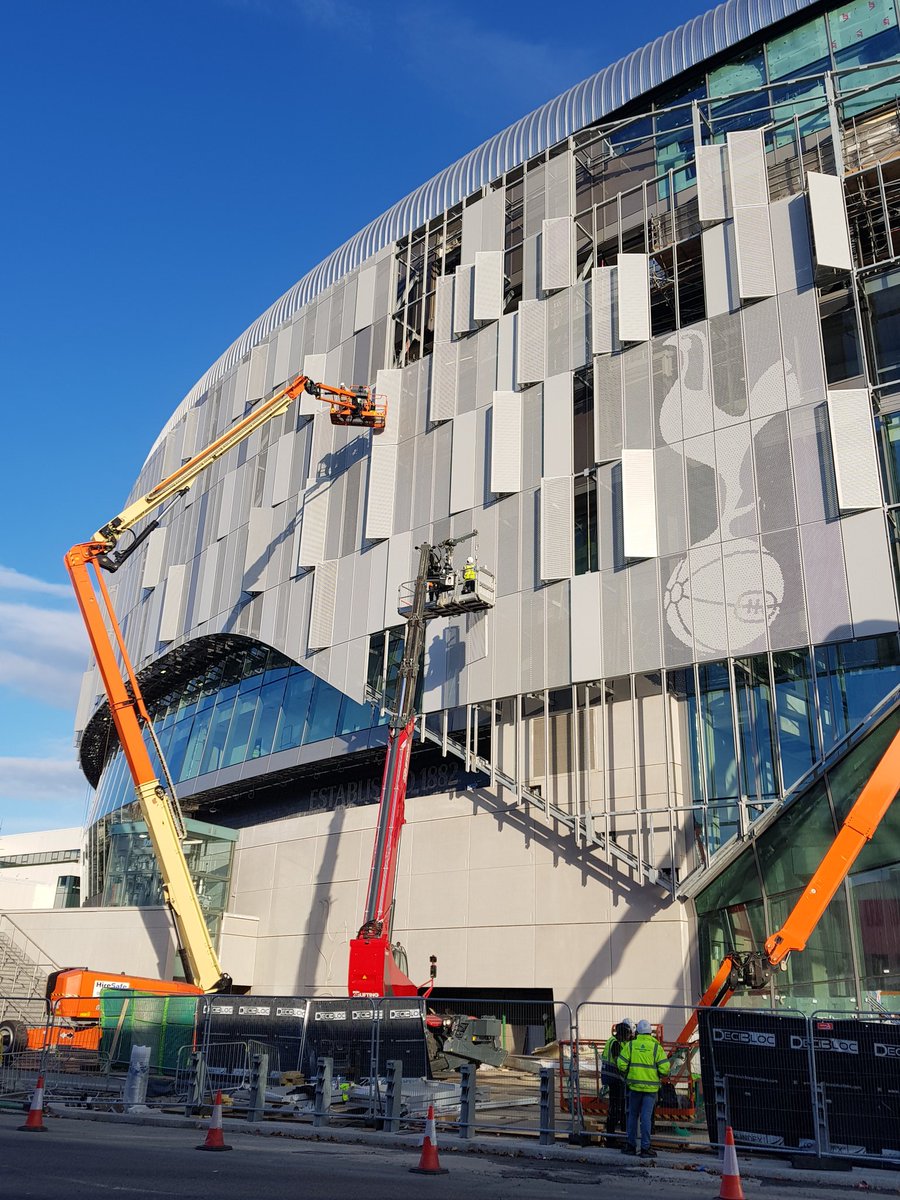In the shadow of Spurs’ new stadium local residents fear for future
Club and council have different visions for regeneration and delay to redevelopment has left people and businesses in limbo
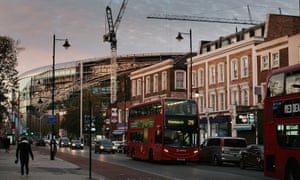 The view from Tottenham High Road of the new, 62,000-seat White Hart Lane stadium, which has so far cost £850m, that Spurs hope will finally open in early 2019.
The view from Tottenham High Road of the new, 62,000-seat White Hart Lane stadium, which has so far cost £850m, that Spurs hope will finally open in early 2019.
Tottenham Hotspur’s booming new stadium, although snagged by
delays and escalating costs, has taken formidable shape across the old White Hart Lane site, teams of hard-hatted workers pressing on towards setting a new opening date. Spurs’ plans to recoup the £850m construction costs include vaulting revenues from the 62,062-seat
stadium itself and all its hospitality packages, two NFL games and six concerts a year, the “Tottenham Experience” visitors’ centre with Europe’s
largest football club shop, a 180-bed hotel and 579 apartments in four blocks for which the
club has planning permission.
Already completed are regeneration extras Spurs have helped construct, as agreed with the London Borough of Haringey in an area blighted by severe deprivation and the 2011 riots: a large Sainsbury’s supermarket, a new sixth-form college, 256 new homes officially classed as “affordable” and a new primary school.
Directly opposite all this rebuilding and activity is
Tottenham High Road west, a densely packed neighbourhood of shops, small industrial estates and the Love Lane council estate, which is in a wholly contrasting standoff. Here, Spurs are in furious disagreement with Haringey council over development plans; small businesses protest they are being forced out, and insecure residents live in fear of the future because of the borough’s severe housing shortage, with 10,000 households on the council’s waiting list and 3,000 families in temporary accommodation.
The Guardian revealed in 2013 that Spurs had been buying up fistfuls of properties in the High Road west area, including industrial units, shops – even flats dotted about. The properties were transferred to the ownership of TH Property Ltd, a company registered in the Bahamas, the offshore tax haven where the club’s majority owner, Joe Lewis, is based. Local garage and other small business owners, told they faced compulsory purchase orders (CPOs) if they did not relocate to make way for a new commercial and residential masterplan, assumed Spurs were planning to make further fortunes by being centrally involved in the redevelopment.
The club’s chairman, Daniel Levy, had emphasised the need for further regeneration in a 2012 joint statement with Haringey council’s then leader, after announcing the club would remain in Tottenham following the failure to beat West Ham to the Olympic Stadium site. But since then, and a memorandum of understanding document agreeing to develop the area together, Spurs and the
council have arrived at different visions for the redevelopment. That has infuriated Spurs, who argue the council has diverged from the memorandum of understanding, which stated the club would take the lead. Asked about this, a council spokesperson did not disagree, but pointed out the document was not legally binding and left the council free to vary future decisions.
The council says its plan was developed after extensive consultation with residents, to have “far-reaching benefits” for the local community: 2,500 new homes – including 191 council homes and 750 classed as “affordable” – new shops, business space and leisure activities, a new public park, square and modern library. Spurs argue the scheme is unambitious, comparing it unfavourably with the prestigious new developments at Kings Cross.
 Daniel Levy, the Tottenham Hotspur chairman.
Daniel Levy, the Tottenham Hotspur chairman.
A Spurs spokesperson told the Guardian: “The club is concerned that the current levels of aspiration for High Road west (centred on a replacement library and district energy centre) fall way short of the council’s own stated objective of creating ‘London’s next premier leisure destination,’ and will not deliver the scale or quality of regeneration the area and local residents deserve.”
The council rejects that assessment, saying in response: “The proposals for High Road west reflect the aspirations of those living in the area. The council does not believe that this makes the scheme unambitious.”
In 2015, against Spurs’ fundamental opposition, the council took the decision not to entrust the club with the development and held a competitive process to appoint a developer, which resulted in the selection of
Lendlease in September 2017.
Since then nothing much has happened, which has deepened the insecurity of the small businesses and residents in the Love Lane estate’s 297 homes, still slated for demolition. Outrage among many was sparked by the initial masterplan, which envisaged the whole council estate being knocked down, creating a clear walkway from White Hart Lane train station to Spurs’ gleaming new stadium. Secure council tenants have gradually moved out and been rehoused, so the council has moved in families who were in temporary accommodation, a precarious step up from homelessness. Paul Burnham, of the Haringey Defend Council Housing campaign, believes this is the largest number of people ever moved into housing already scheduled for demolition.



